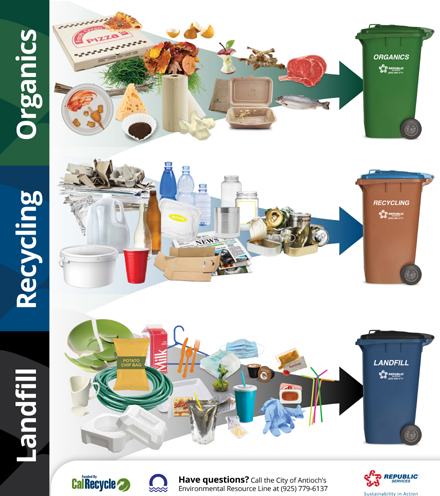Dear Editor:
The numbers cry failure. In 2011, according to the U.S. Department of Education, only 32% of American 8th graders scored proficient in math. This earned a 32nd ranking among 65 nations participating in PISA, the math test administered by the Organization for Economic Cooperation and Development.
By contrast, Shanghai boasted a 75% proficiency rating and Korea, Finland, Switzerland, Japan, Canada and the Netherlands all scored above 50%. Distressingly, California, the Golden State, scored 24% proficiency. Little wonder our colleges are scrambling for interventions as a paltry 44% of American high school graduates are ready for the math needed in higher education and, ultimately, in higher paying careers.
Algebra, after all, is the gateway to academic mastery. It is the #1 trigger of dropping out in high school, with 70% of students who don’t pass algebra by ninth grade dropping out.
Given the crisis my summer visit to a tutorial program at Antioch’s Deer Valley High especially intrigued me. Walking into the classroom I was immediately struck by the fact that you could hear a pin drop as 20 some-odd students worked independently on fundamentals.
The program, called Math Intensive, is designed to take students markedly deficient in basic skills to grade level proficiency. Developed by John Crowder, a tutor, teacher, and private school administrator the class, with 21 three-hour instructional days, was open to everyone but was taken mostly by African-American males.
Crowder recently partnered with Angel Luevano, a teacher and leader of Todo Unidos. They then teamed with the education group Parents Connected to pilot this program at Deer Valley.
Twenty-one key concepts necessary for success in a rigorous Algebra program were both pre and post tested. The results were very encouraging. The average student’s score rose on Algebra I readiness rose from 35.4% to 49.6%, an increase of 0.7 per cent per instructional day.
Most promising was the transition out of ‘basic concepts.’ Students went from 64.7% to 90.1% proficiency in topics that included multiplication, fractions, math terminology, exponents, radicals, proportions and solutions of equations. Essentially, that’s a remarkable jump from a D to an A- level.
Crowder himself admitted shock by the results of the short program. Beyond the startling statistics he said he was most amazed that “Students who had given up on math, if not on their school prospects, and possibly even on themselves, had such a quick turn-about that they could not only learn but learn well.”
Bridget Swan remarked of her son Jordan, a DVHS Junior; “He has never before been so engaged with math.”
Jordan acknowledged he was finally understanding what was before him.
What’s working?
#1. Buy-in: After an introductory presentation prospective students and parents interview and agree on expectations. Nobody is begged. #2. Zero tolerance: Cell phones, electronics, back talking, goofing off, tardiness and excessive absence are disallowed. #3. Assessment: Students take a 260 question placement pre-test, daily quizzes, and a post test. #4. High expectations: 80% correct qualifies for moving on. #5. Immediate feedback: Results and corrections come in minutes, not days or weeks. #6. Teacher- student ratio: A supportive 8 to 1. #7. Continuous review: Every test is cumulative.
With a class of 24, and given that a student moves thru the program into 80% plus proficiency and Algebra 1 entry in generally anywhere from four to twelve weeks, one open entry class could cycle some 95 students a year.
Regrettably, we spend so much of our time and energy with high-risk students on traditional punishments or alternative behavioral intervention programs. Much, though, of misbehavior is fueled from an inability to keep up with peers in reading and math and the endless loop of simmering frustration and inadequacy that failure develops.
Two things can’t occupy the same place at the same time. Position academic success into the equation for failing students and positivity can help replace rage and acting out.
Math Intensive is the type of systematic, rigorous, no-nonsense, personalized intervention we need adopted. The alternative is to embrace the definition of insanity by doing the same things we’ve done before and expecting different results.
Walter Ruehlig
A.U.S.D. Trustee


























